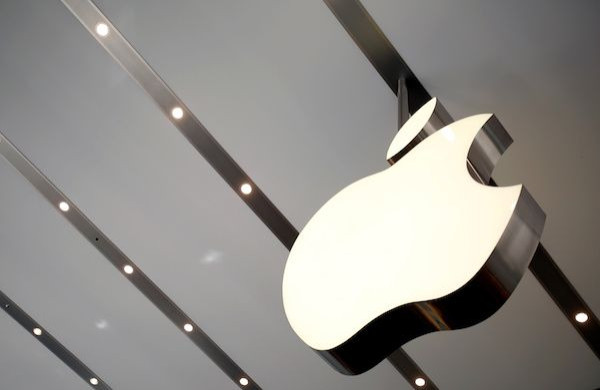Apple Reportedly Downsized Taiwanese Micro-LED R&D Team

Apple has reduced the number of people in its R&D team in Taiwan that’s focused on the development of micro-LED display panels. However, the reduction shouldn’t be viewed as a disadvantage to the tech giant, since it was also found out recently that the company may have transferred a bigger bulk of the research work to its employees in its U.S. headquarters.
On Monday, DigiTimes learned from Taiwan’s upstream LED suppliers that the Cupertino giant has apparently whittled down the members of its R&D team in Longtan, northern Taiwan. The publication noted that this is the result of certain issues plaguing the mass transfer of micro-LED chips onto receiver substrates.
“The slow progress in the development of the mass transfer technology is believed to impede related panel makers from realizing volume production of micro-LED panels in the short term, and therefore persuading Apple to realign the personnel of the micro-LED team,” the sources said.
The sources then added, “Apple is reportedly collaborating with Taiwan Semiconductor Manufacturing Company (TSMC) to develop applications based on silicon-based backplanes (silicon wafers) aiming to sidestep the bottleneck that entails with the mass transfer of LED chips.”
While the downsizing may be viewed as a negative thing, sources clarified that this isn’t actually the case. Apple did not decide to delay or give up on micro-LED technology. Instead, the company may have shifted the R&D focus on back to its U.S. headquarters. Though Apple is mum on the speculation, it won’t be surprising if it did move the bulk of research work to its home base. After all, the initial phase of the project has already been completed by LuxVue.
For the uninitiated, Apple reportedly acquired LuxVue Technology in 2014. Following the acquisition, the company formed the team that would focus on micro-LED development. The team is reportedly composed of people from LuxVue, AU Optronics and Qualcomm subsidiary SolLink, as per MacRumors.
In 2015, Apple started its efforts to develop micro-LED technology by opening a secretive laboratory in Taoyuan, Taiwan. At the time, it was reported that Apple’s main goal for the project is to research on OLED and micro-LED display technologies for its future devices. This year, the company launched the iPhone X and the new Apple Watch installment that feature OLED displays. So now Apple is determined to realize its goal for micro-LED to be used for its products.
For the most part, micro-LED has the same advantages as OLED displays over LCDs. Both have better color accuracy, higher contrast ratio, faster response times and better blacks. Unlike OLED though, micro-LED can be thinner, much brighter and even more energy efficient. Furthermore, micro-LED has a longer lifespan than OLED.
Should Apple succeed in developing its micro-LED technology, this could mean that the company’s use of OLED would be short-lived. This is something that LCD display maker Innolux CEO Wang Jyh-chau predicted last year. According to him, micro-LED would soon become the mainstream display technology because of its reliability and affordability. He forecasted then that Apple could begin using micro-LED in 2019.
© Copyright IBTimes 2024. All rights reserved.





















